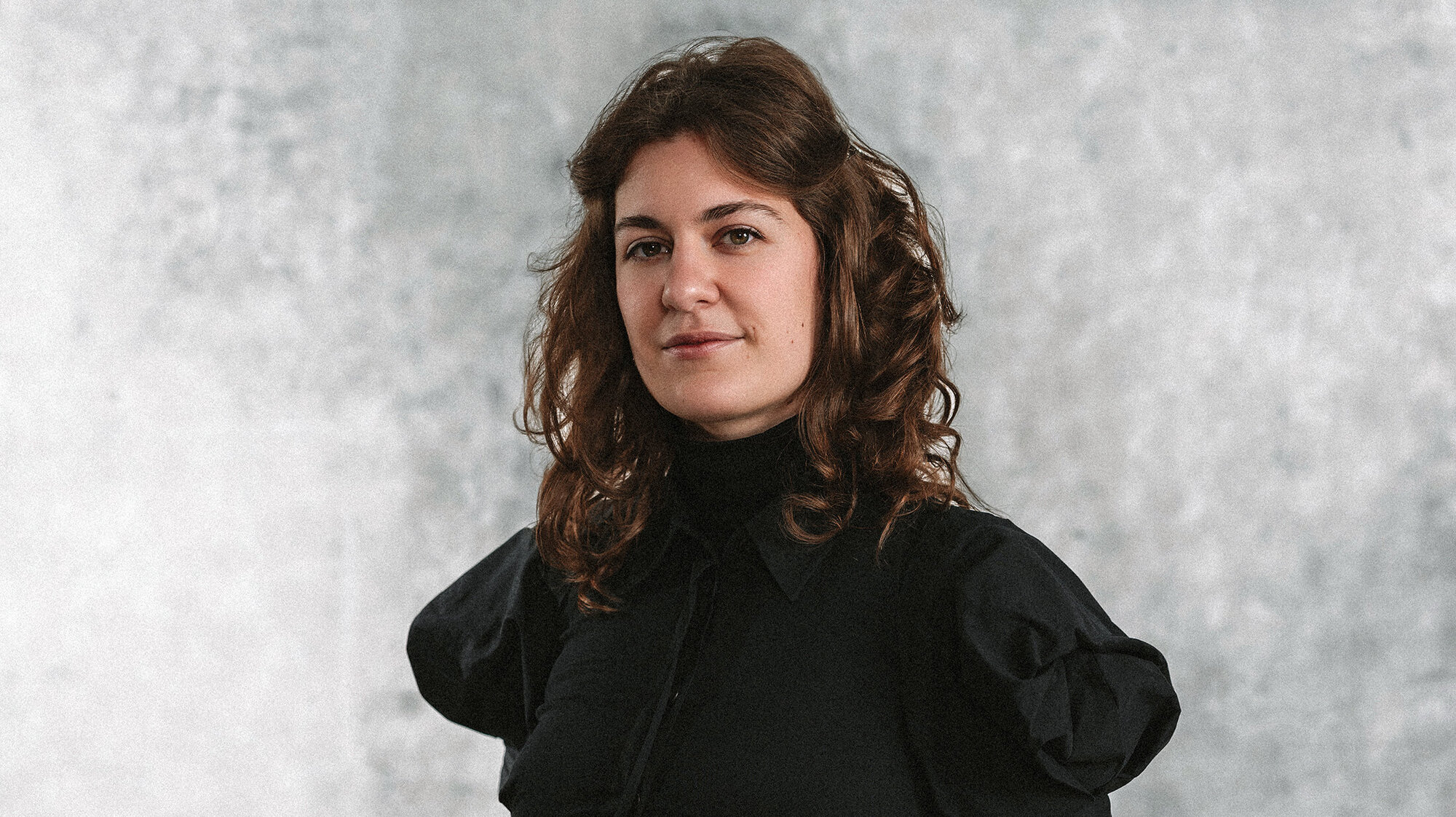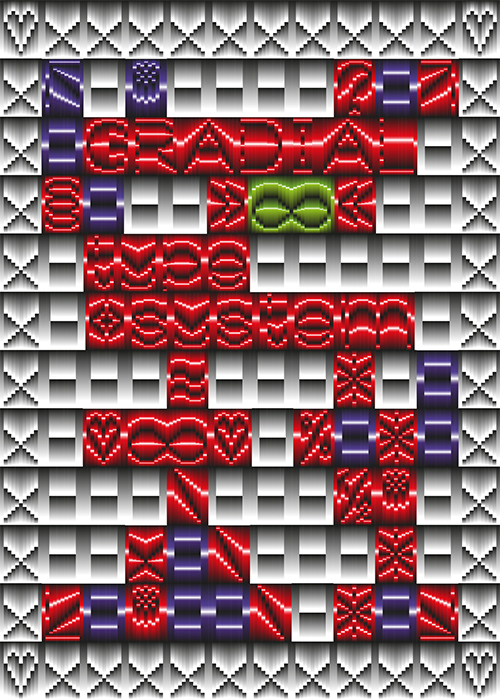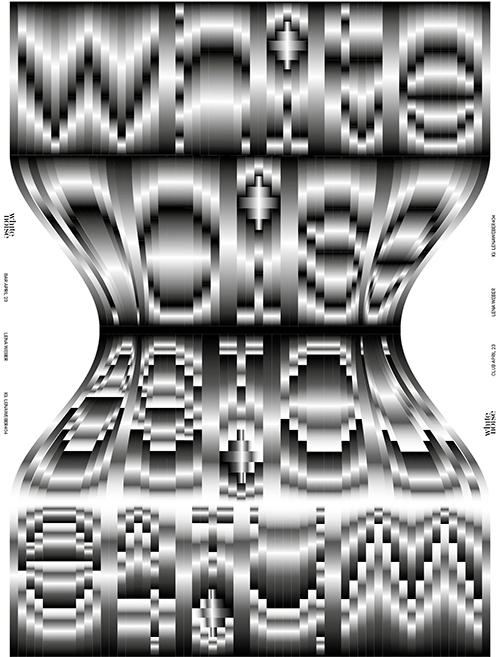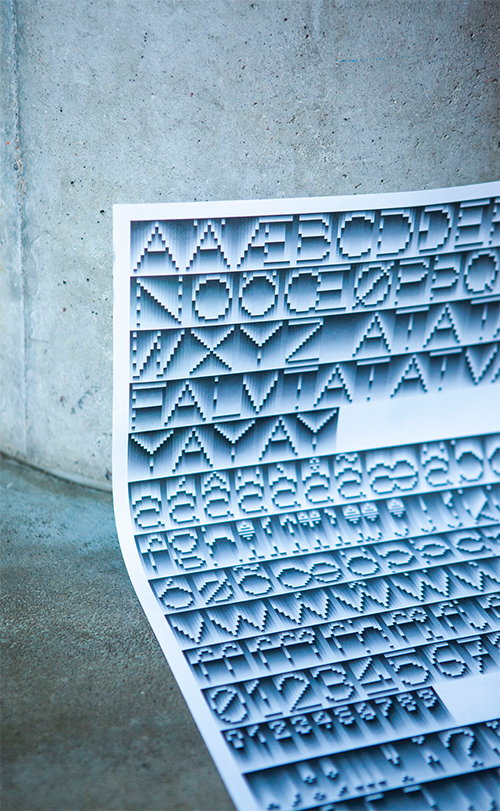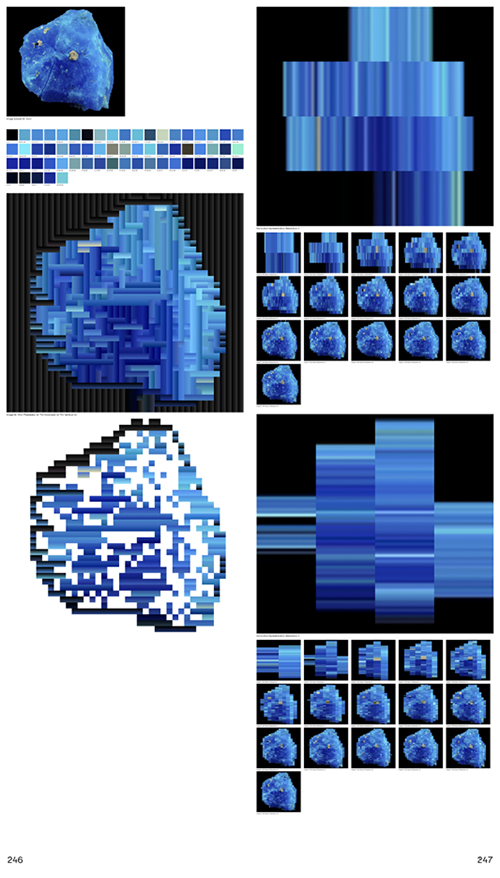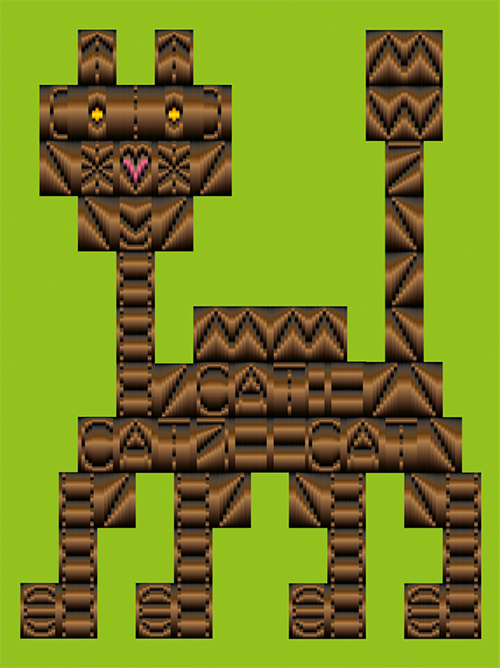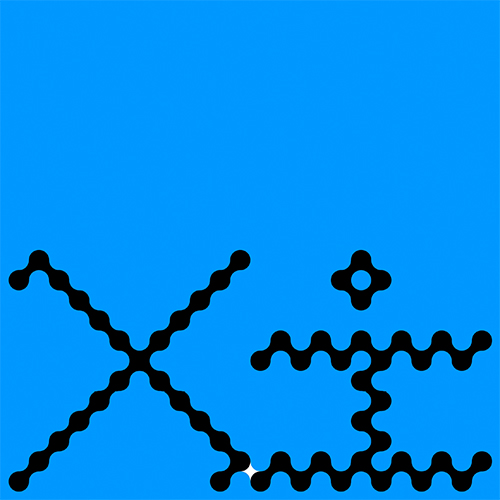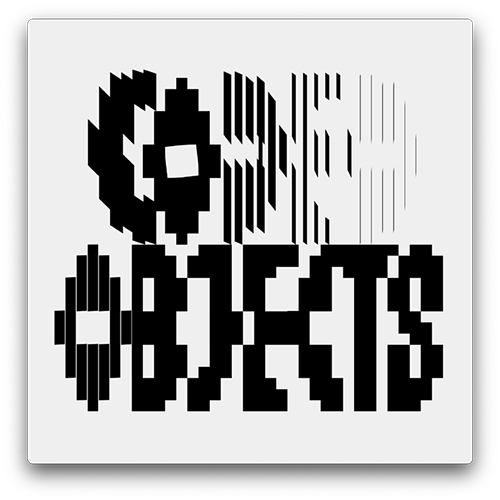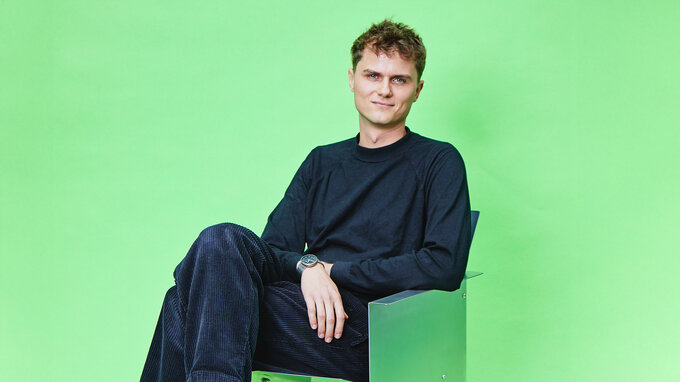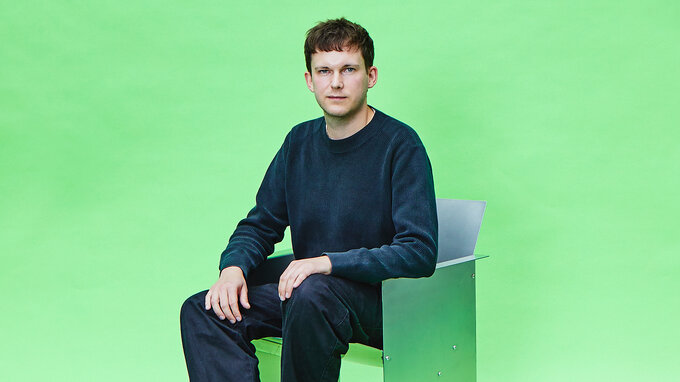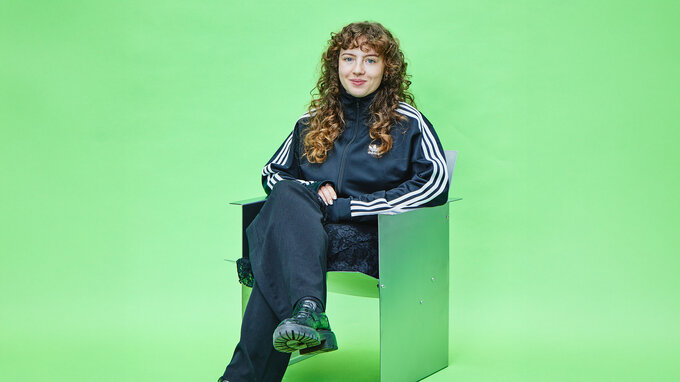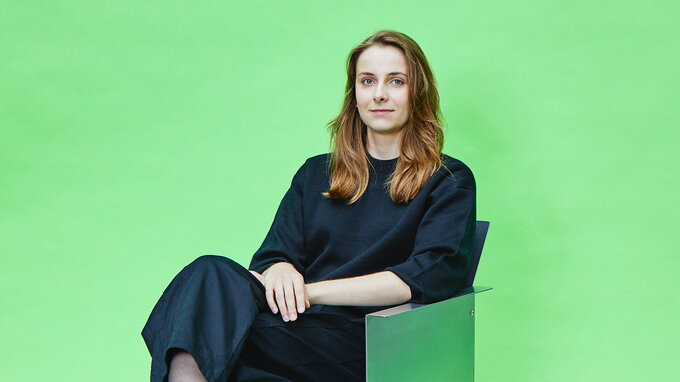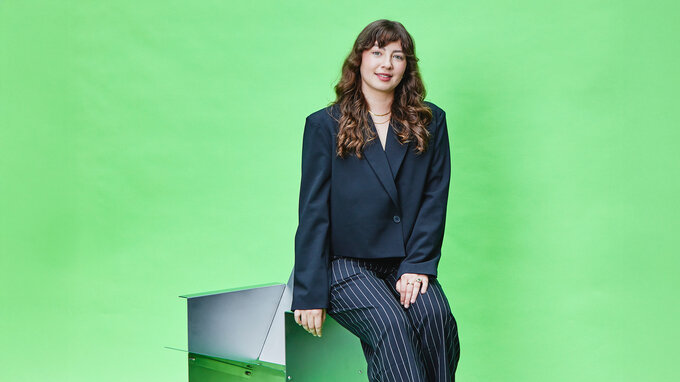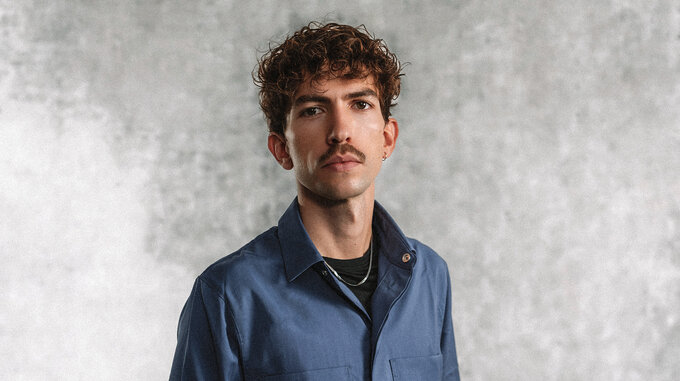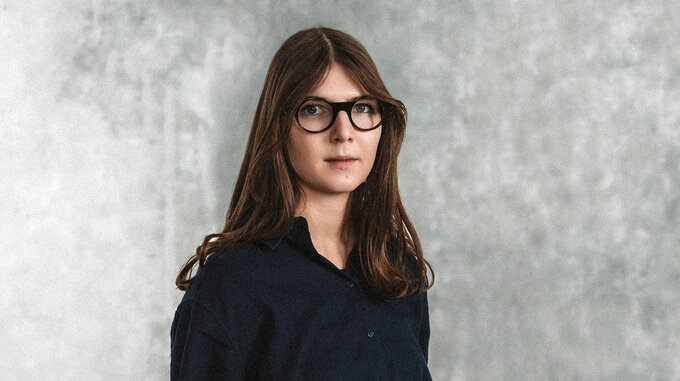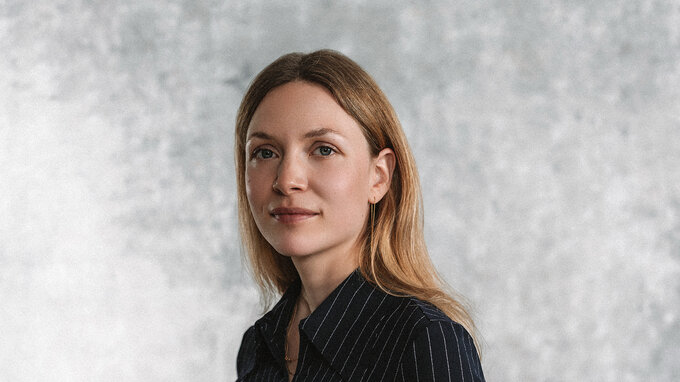Lena Weber
Lena Weber is a designer and creative coder focused on the research and development of design tools and typographic systems. After completing her Bachelor's and Master's degrees at the Bauhaus University Weimar, she works as a freelancer, dedicated to creating innovative solutions in the field of design. She is particularly interested in the intersection of art, technology, and philosophical theory, and how these influence visual communication. As a graphic designer who has transitioned into a creative coder, researcher, and type designer, she strives to develop a design philosophy that reflects the ever-changing role of the designer in the current digital landscape.
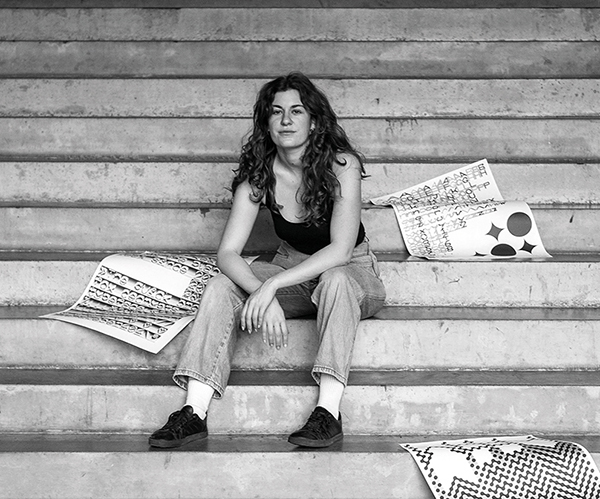
Interview with Lena Weber
Your projects navigate between digital and physical experiences. What fascinates you about this connection, and how can it be realised?
Each medium imposes specific limitations that shape the aesthetics that can emerge within its context. This fascinates me immensely. Exploring these limitations, understanding them, and deliberately incorporating them into the design process continuously inspires me. Often, these limitations themselves become the subject of my work.
In the digital realm – particularly in creative programming – designers have the ability to exercise 100% control over the outcome through coded rules and inputs. The results are reproducible, and the designer’s decisions can be directly translated into machine processes. Endless iteration, rapid execution, the resolution of the screen, the colours it can display, and much more can all be visually explored in the digital space.
What happens to graphics when they transition from one medium to another? What kinds of aesthetics emerge? I find gradients – a graphic element that can be perfectly described by rules – particularly interesting and illustrative in this regard. How can a gradient be represented outside the realm of digital pixels? How does it change depending on the medium?
How do you integrate sustainability and ethical responsibility into your work?
In the digital realm, I believe sustainability often takes on a different meaning than the conventional understanding of the term. The focus shifts from physical resources – which, of course, should still be preserved as much as possible – to a sustainable, modular approach to working. Code can be reused, unnecessary repetition can be avoided, and an "energy efficiency of creation" is central to my approach.
In the first step, I consistently work on creating a sustainable foundation for my practice. In the second step, knowledge sharing, collective learning, and open-source concepts play a key role for me, as these are inherently tied to coding. A core principle in my work is that maximum complexity and over-engineering in design don’t necessarily lead to better results. Instead, embracing limitations and mastering the fundamentals often produces far more compelling outcomes.
I think there is still much to achieve in this area. Recently, I came across the term "Permacomputing," which encourages viewing design processes and digital technologies in harmony with ecological principles, using resources consciously, and prioritising long-term, sustainable value over short-term efficiency or perfection.
What challenges do you see at the intersection of technology and design?
I think we need to find a balance that equally considers both humans and machines. In the increasingly fast-paced times we live in, I often observe that technological advancements are used to design faster and more automatically – sometimes to the point where the results lack a certain “soul.”
How do users interact with your typographic systems? What approach do they take?
Since the systems are created based on clear and strict rules, I often find that this structure motivates and inspires users to break the rules in a meaningful way and explore new approaches to use the system unexpectedly. I experience this myself repeatedly.
Because the systems are designed modularly – often like tiles that can be arranged into endless two-dimensional patterns – users can solve an entire design task using just the system. The typeface becomes a tool that can be used, for example, to fill a poster. I find it particularly successful when the typeface is used like a Swiss Army knife to solve all design challenges. It becomes type, graphic, background, and grid all at once.
What role does AI play in your work?
AI raises some fascinating questions about the relationship between designer, computer, and algorithm, but it hasn’t been central to my work so far. I’ve long been interested in the topic of form generation, both practically and from a design theory perspective. In this context, I also work with AI to understand this new "actor" in relation to the creative process.
Which of your projects is particularly close to your heart?
My typeface projects. I enjoy revisiting these projects to examine different aspects, discover new applications, and refine the rules further. This iterative exploration is often inherent in how the system is structured in a typeface project, which naturally invites continual experimentation and evolution.
What do you hope for in your professional future? From the economy, society, and politics?
Like most people, I wish for a secure, fair, and free future. In terms of design, I also hope that large companies will embrace bolder design choices again and trust their audiences more. I would also like to see a future where we celebrate the fascinating and inspiring aspects of technological and digital advancements while taking their negative impacts more seriously.
In my professional future, I want to continue learning and always keep experimentation as a core part of my practice, no matter who the work is for.

